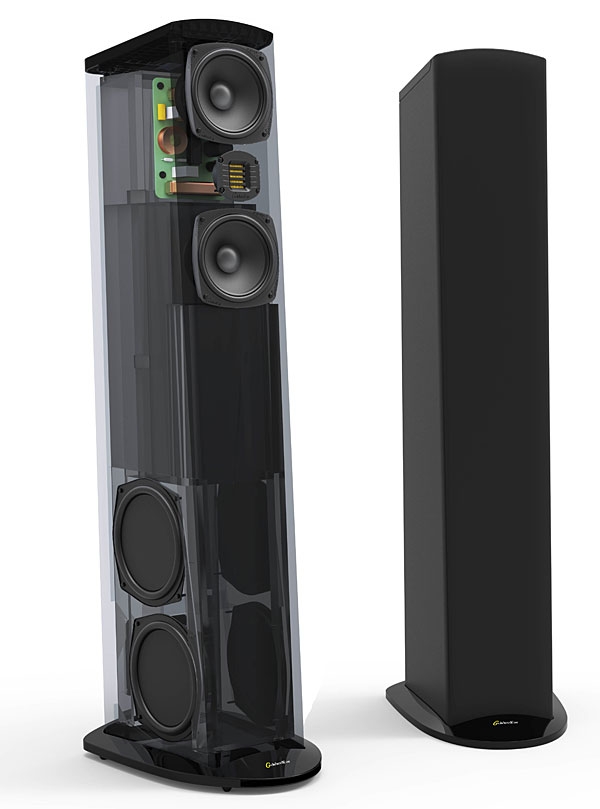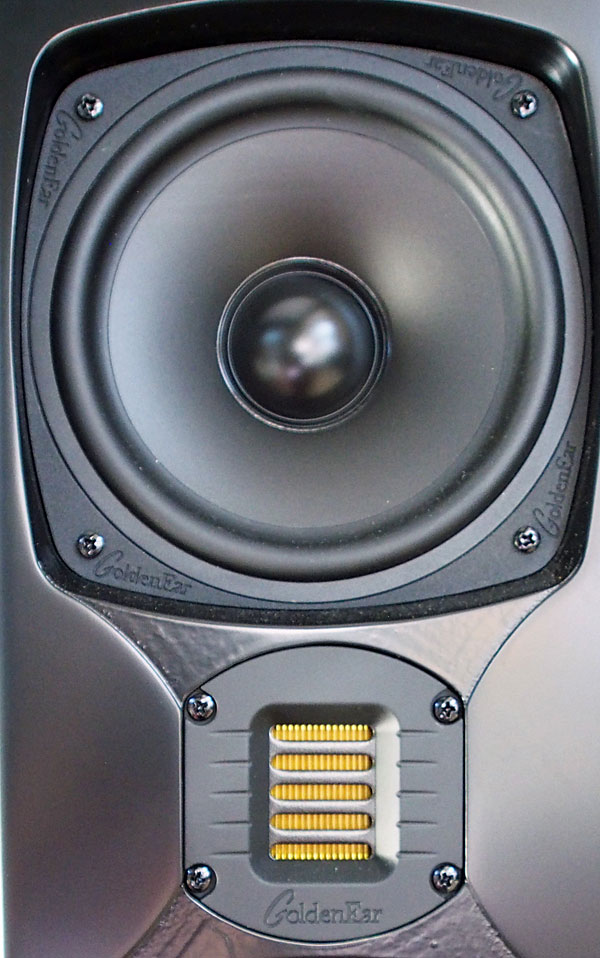| Columns Retired Columns & Blogs |
From my own auditions of Golden Ear Tritons, and what I read on the web here and elsewhere, I wonder if these speakers are actually pretty finnicky for placing or amplifiers? For instance, the big rise in the tweeter indicates a speaker that should be listened to off-axis. I wonder how many know this? Often these little details of speaker alignment don't make it to dealers or listeners. Focal is another line that can be like this.










































